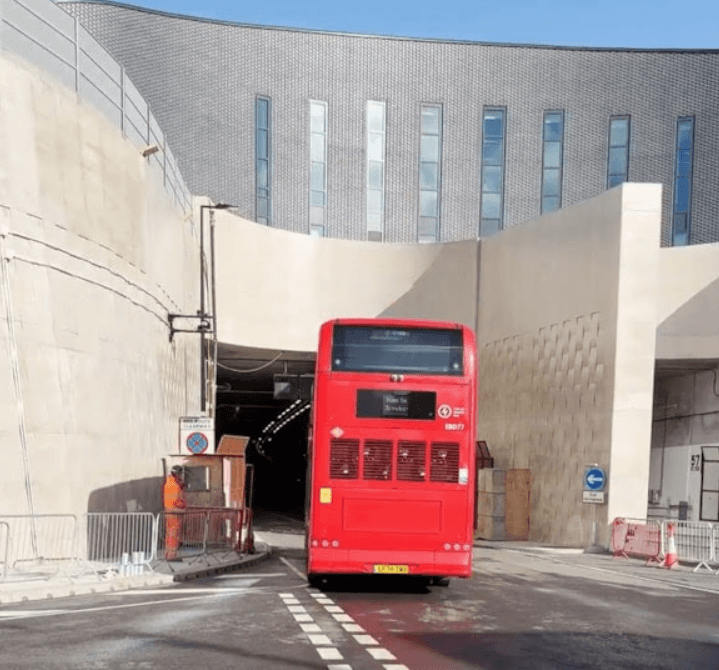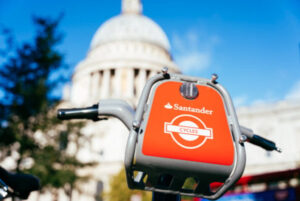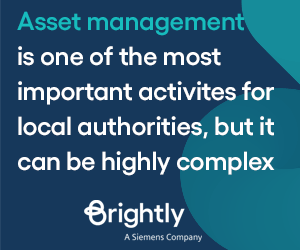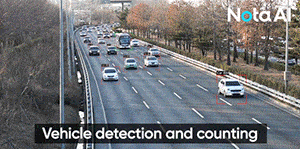Londoners now have significantly improved options for crossing the Thames following the opening of the Silvertown Tunnel this morning, the first new road tunnel to open in the capital since 1967.
The 1.4km tunnel, which was first announced in 2012, now links Newham to the Greenwich Peninsula and allows for the hourly number of buses able to cross the river in the area to increase from six to 21, meaning new frequent, accessible and sustainable public transport options that connect communities to jobs, homes and leisure.
The new scheme will make journeys faster and more reliable, with average journey time savings expected to be up to 20 minutes at peak times. It has been delivered by Transport for London (TfL) and Riverlinx Limited, which designed, built and financed the project and will also operate and maintain it over the next 25 years.
At the request of the Mayor of London, Sadiq Khan, the scheme was reviewed in October 2016, with a series of enhancements made to the proposals to make it greener and more public transport-focused. The result is a scheme which best addresses the current congestion and air quality issues at the Blackwall Tunnel and delivers the best value for money and supports economic growth.
The Mayor of London, Sadiq Khan, said: “The new Silvertown Tunnel will transform travel in the South and East of our city, particularly across the River Thames, and will help to address the chronic congestion and poor air quality around Blackwall Tunnel. The new tunnel will reduce journey times, help to manage pollution levels and improve cross-river public transport.
“The original plans for the Silvertown Tunnel were developed by the previous Mayor of London in 2012. We made a series of significant improvements to make the scheme greener and to include a package of measures to support Londoners, local residents and businesses. This includes ensuring there are discounts and concessions in place, reserving a lane for double-decker buses, a free innovative cycle-shuttle service and free bus travel for pedestrians, which will encourage more people to switch to greener modes of transport.”
One of the new bus routes, the Superloop 4 – will connect south-east London to Canary Wharf for the first time and make it easier for people from Blackheath, Lee and Grove Park to cross the Thames. The route will run every eight minutes during weekdays and every 15 minutes during the day at weekends, with the bus having USB chargers for customers, designated priority seats, high backed seats, wood-effect flooring and improved customer information screens. The tunnel also has capacity for further bus routes to be added in the future as planned regeneration in Newham, Greenwich and Tower Hamlets progresses in the coming decade.
For at least 12 months, the new cross-river bus routes serving Greenwich, Newham, and Tower Hamlets – the route 108, 129 and the new Superloop 4, will also be free for pay as you go users. To allow cyclists to cross the river safely, an innovative cycle shuttle service has also been launched, which is also free for at least a year. The service, which has a bespoke silver and blue design to distinguish it from the regular bus network, operates every 12 minutes, seven days a week from 06:30 to 21:30. It has two stops, one on each side of the river, with the ‘north’ stop located on Seagull Lane close to Royal Victoria DLR station, and the ‘south’ stop located on Millennium Way near the junction with Old School Close. Maps showing local cycle routes are on display at shelters to help with journey planning and encourage further journeys by cycle.
Andy Lord, London’s Transport Commissioner said: “The new Silvertown Tunnel is vital to supporting growth in east and southeast London and boosting cross-river bus services and I want to thank all the engineers, construction workers, designers and others who have worked so hard over the years to deliver this project successfully on time and on budget.
“Supported by the user charges for the Silvertown and Blackwall tunnels, the new tunnel will also help reduce congestion and associated air quality issues around the Blackwall Tunnel, making journeys faster and more reliable, with average journey time savings expected to be up to 20 minutes at peak times. We have worked hard to ensure that, alongside the user charge, there is a package of supporting measures for Londoners and businesses. These will ensure that the new tunnel delivers on its objectives of reducing congestion and providing resilience at the Blackwall Tunnel, while supporting local residents on low income, small businesses, sole traders and local charities.”
(Pic: TfL)






















